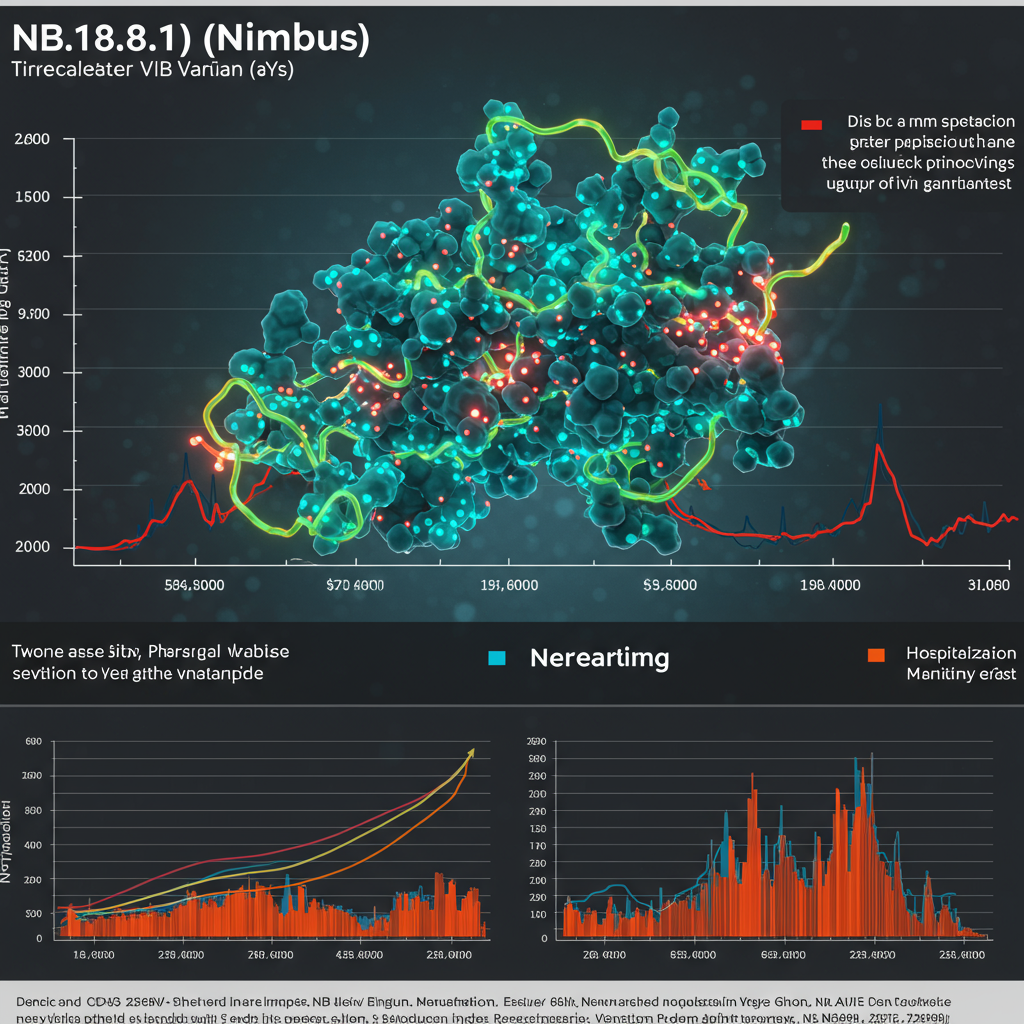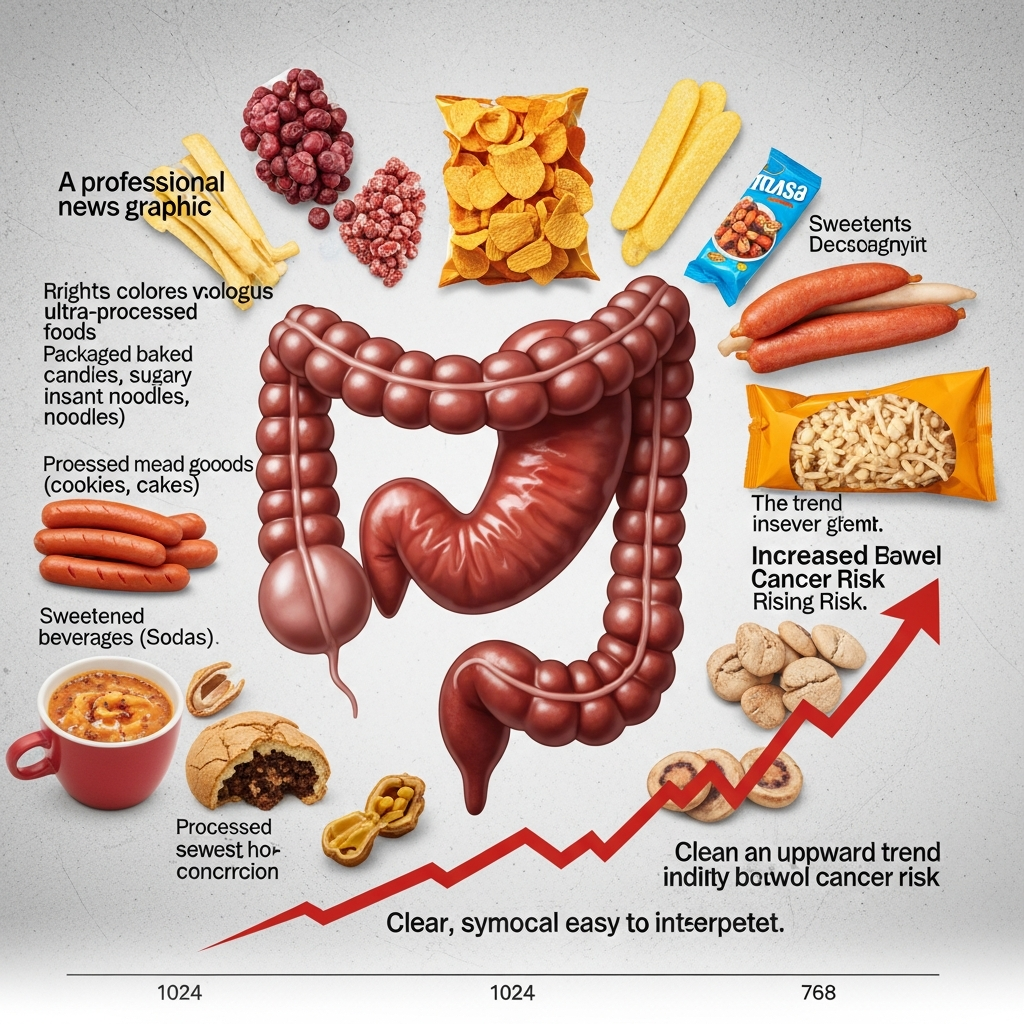As summer arrives, reports of rising COVID-19 cases and hospital visits are increasing across the United States, echoing patterns seen in previous years. A new coronavirus variant, designated NB.1.8.1 and sometimes nicknamed “Nimbus,” is quickly becoming dominant globally and fueling this recent surge.
Confirmed data from the U.S. Centers for Disease Control and Prevention (CDC) shows NB.1.8.1 accounted for an estimated 37% of new COVID-19 cases in the U.S. by early June, a significant jump from just 5% about a month prior. Experts note this variant has been identified as the cause of case resurgences in several countries and predict potential increases in Europe. Its rapid spread is attributed to a “genetic advantage” allowing it to bind more effectively to human cells, leading to faster transmission. The World Health Organization (WHO) currently lists NB.1.8.1 as a “variant under monitoring.”
Is This New Variant More Severe?
While NB.1.8.1 is spreading rapidly, current surveillance data from the WHO and other sources does not indicate that it causes more severe illness compared to other strains circulating previously. However, like all COVID-19 variants, it can still lead to serious illness, hospitalization, and the development of Long COVID in some individuals.
What Are the Symptoms of NB.1.8.1 Infection?
Symptoms of NB.1.8.1 infection largely overlap with those seen in previous COVID-19 variants, presenting a wide range in type and severity. Many people experience common cold or flu-like symptoms such as fever, fatigue, headache, muscle aches, and a mild cough.
However, some reports suggest a notable increase in allergy-like symptoms like sneezing and a stuffy or runny nose with this variant. Additionally, some patients infected with NB.1.8.1 have reported a particularly severe and painful sore throat, sometimes described vividly as a “razor blade throat” sensation when swallowing. While less common, digestive issues like nausea or diarrhea have also been noted.
Why Are Cases Rising Again?
The increase in cases isn’t unexpected. The SARS-CoV-2 virus constantly evolves, producing new variants like NB.1.8.1 that are better able to navigate our immune defenses. Combined with immunity from past infections or vaccinations naturally waning over time – especially protection against infection itself, which can diminish in just a few months – conditions become favorable for new waves. Immunity against severe disease tends to last longer, providing a crucial layer of protection for many. Behavioral factors, including increased travel and reduced masking in public spaces, also contribute to transmission opportunities. This interplay of viral evolution and waning immunity means we may continue to see case surges occurring periodically.
Do Current Vaccines Work Against NB.1.8.1?
The effectiveness of existing vaccines against this specific variant is a key question. While laboratory data suggests NB.1.8.1 may have some degree of “immune escape,” potentially reducing how well current immunity prevents infection, existing vaccines are still expected to provide significant protection against severe disease, hospitalization, and death. This is because NB.1.8.1 is a descendant of the Omicron JN.1 lineage, which current vaccines were formulated to target for severe outcomes. Federal health officials are expected to consider the prevalence of NB.1.8.1 when deciding on the formulation for the updated fall vaccine.
Who Should Consider Getting Vaccinated Now?
Decisions about vaccination timing can be complex due to evolving guidance. However, individuals at higher risk of severe outcomes from COVID-19 should strongly consider getting an additional dose of the current vaccine if eligible. This includes those aged 65 and over or individuals with chronic underlying medical conditions. Getting vaccinated now can provide added protection against a potential summer wave, and these individuals would likely still be eligible for the updated fall vaccine when available.
For younger, generally healthy individuals, the decision may depend on personal risk tolerance and discussion with a healthcare provider. Recent guidance changes from health officials have prompted questions about eligibility for certain groups, like healthy children and pregnant women, making consultation with a doctor advisable.
How to Stay Safe Amidst the Surge
The fundamental precautions for reducing the risk of contracting respiratory viruses like COVID-19 remain the same.
Improve Airflow: Choose well-ventilated spaces and consider opening windows or using portable HEPA air filters in indoor settings.
Wear a Mask: While not universally mandated, wearing a well-fitting, high-filtration mask (like an N95 or KN95) in crowded indoor environments offers significant protection, both for the wearer and others.
Practice Good Hygiene: Frequent handwashing and sanitizing remain important.
Stay Home When Sick: If you feel unwell, get tested if possible and stay home to avoid spreading illness. If you test positive or have symptoms suggesting COVID-19:
Isolate for at least 24 hours until your fever has resolved without medication and your symptoms are improving.
Continue taking precautions for at least 5 more days, as you are still highly infectious. This includes isolating from others where possible and consistently wearing a mask when around others.
- Protect Vulnerable Individuals: If visiting someone at high risk of severe disease, consider avoiding high-risk settings yourself in the days leading up to the visit.
- keyt.com
- healthmatters.nyp.org
- www.mirror.co.uk
- www.cbsnews.com
- www.bbc.com
While the emergence of new variants and recurring case waves can feel concerning, understanding the current landscape and continuing to employ simple, effective public health measures are our best tools for navigating the summer surge and protecting ourselves and our communities.




